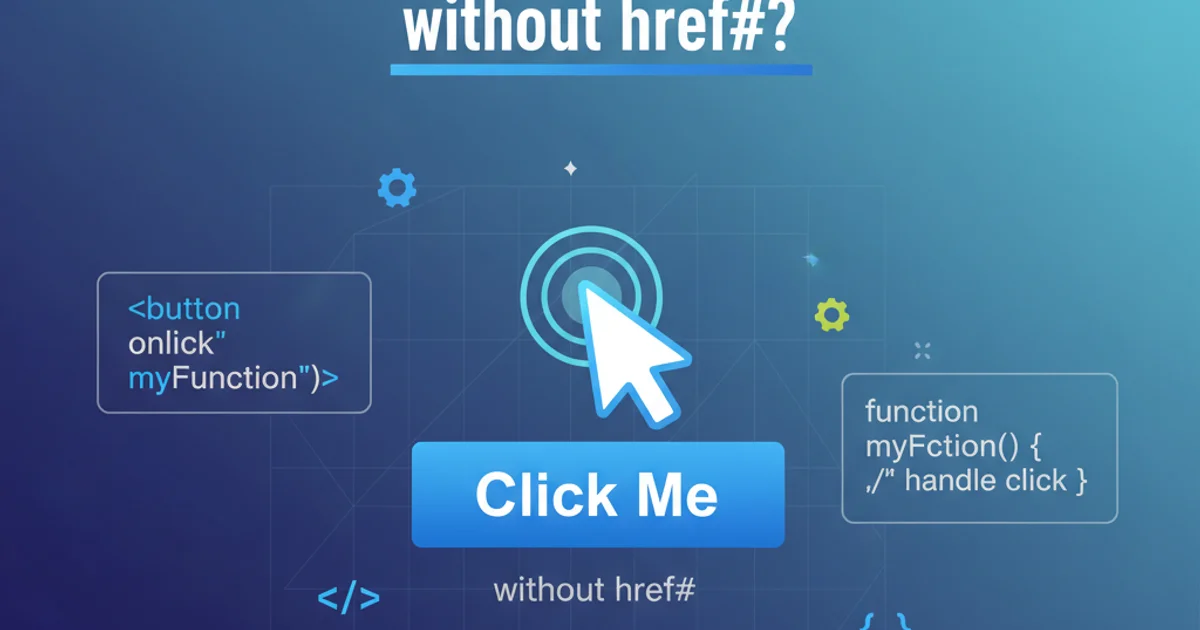page-break-inside being ignored
Categories:
Mastering page-break-inside: Why CSS Print Styles Get Ignored

Explore common reasons why page-break-inside might not work as expected in CSS print layouts, especially in Google Chrome, and discover effective solutions.
When designing web pages for print, CSS properties like page-break-inside are crucial for maintaining layout integrity and readability. However, developers often encounter situations where these properties seem to be ignored, leading to broken content across page breaks. This article delves into the primary culprits behind page-break-inside not working, with a particular focus on Google Chrome's rendering engine, and provides practical solutions to achieve predictable print layouts.
Understanding page-break-inside
The page-break-inside CSS property controls whether a page break should occur within a specified element. Its primary values are auto (default, allows breaks), avoid (prevents breaks), and always (forces a break before the element). This property is essential for ensuring that logical blocks of content, such as tables, figures, or code blocks, remain intact on a single page, improving the printed document's quality and user experience.
flowchart TD
A[Element with 'page-break-inside: avoid'] --> B{Does element fit on current page?}
B -->|Yes| C[Render element on current page]
B -->|No| D{Can element be moved to next page?}
D -->|Yes| E[Move element to next page]
D -->|No| F[Break element across pages (undesired)]Decision flow for page-break-inside: avoid
Common Causes for page-break-inside Failure
Several CSS properties and structural issues can interfere with page-break-inside: avoid. Understanding these interactions is key to debugging print layout problems. The most frequent culprits include:
- Floating Elements: Elements with
floatapplied often behave unpredictably with page breaks. - Absolute/Fixed Positioning: Absolutely or fixed-positioned elements are removed from the normal document flow, making
page-break-insideineffective. - Flexbox/Grid Containers: While powerful for screen layouts, flexbox and grid containers can sometimes override or complicate page-break behavior, especially if their children are set to
display: flexordisplay: gridthemselves. - Overflow Properties: Elements with
overflow: hidden,scroll, orautocan prevent content from being broken across pages, as the browser treats them as self-contained blocks. - Block Formatting Context (BFC) Issues: Sometimes, the lack of a proper BFC can cause elements to not respect page-break rules.
- Browser-Specific Quirks: Google Chrome, in particular, has historically had specific rendering behaviors that differ from other browsers regarding print styles.
Practical Solutions and Workarounds
Addressing page-break-inside issues often involves a combination of CSS adjustments and structural considerations. Here are some effective strategies:
1. Resetting float and position
If an element that needs to avoid page breaks is floated or absolutely positioned, try to remove these properties for print. If that's not feasible, consider wrapping the content in a non-floated/non-positioned container and applying page-break-inside to the wrapper.
2. Using display: inline-block or display: table-row
For elements that are children of flex or grid containers, or for elements that are floated, changing their display property to inline-block or table-row (if semantically appropriate) can sometimes restore page-break-inside functionality. This often creates a new Block Formatting Context.
3. Applying box-decoration-break: clone
This lesser-known CSS property can sometimes help with elements that have borders or backgrounds and are broken across pages. While not directly related to page-break-inside, it can improve the visual appearance of broken elements.
4. Leveraging break-inside (Modern CSS)
For modern browsers, break-inside is the successor to page-break-inside and offers more robust control, especially within multi-column layouts, flexbox, and grid. It supports values like auto, avoid, avoid-page, avoid-column, and avoid-region.
5. Ensuring Sufficient Space
Sometimes, page-break-inside: avoid fails simply because the element is too large to fit on a single page, even if moved to the next. Ensure your content is designed to fit within typical page dimensions.
@media print {
/* Target elements that should not break */
.no-break-item {
page-break-inside: avoid !important;
break-inside: avoid-page !important; /* Modern alternative */
}
/* Reset problematic properties for print */
.no-break-item.floated-element {
float: none !important;
display: block !important; /* Or inline-block, table-row */
}
.no-break-item.positioned-element {
position: static !important;
}
/* For flex/grid children */
.flex-container > .no-break-item,
.grid-container > .no-break-item {
display: block !important; /* Or inline-block */
}
}
CSS rules for print media to enforce page-break-inside: avoid
!important should be done judiciously, but it's often necessary within @media print blocks to override conflicting screen styles.Dynamically Generated Content Considerations
When dealing with dynamically generated content, the challenges with page-break-inside can be amplified. The exact dimensions and structure of the content might not be known until runtime, making static CSS rules less effective. In such cases, JavaScript might be needed to inspect content height and apply appropriate classes or styles before printing.
For example, if you have a dynamically generated table that must not break, you might need to check its height against the remaining page height and, if necessary, force a page break before it using a page-break-before: always on a preceding element or by dynamically adding a wrapper with page-break-inside: avoid.
function applyPrintBreaks() {
const elementsToAvoidBreak = document.querySelectorAll('.dynamic-no-break');
elementsToAvoidBreak.forEach(el => {
// Simple approach: ensure it's a block and avoid breaks
el.style.display = 'block';
el.style.pageBreakInside = 'avoid';
el.style.breakInside = 'avoid-page';
// More advanced: check if element fits and adjust
// This would require calculating available space and element height,
// potentially inserting empty divs with page-break-before: always
// if the element is too large for the remaining page.
});
}
// Call this function before triggering print
window.addEventListener('beforeprint', applyPrintBreaks);
window.matchMedia('print').addListener(function(m) {
if (m.matches) {
applyPrintBreaks();
}
});
JavaScript to dynamically apply print break styles